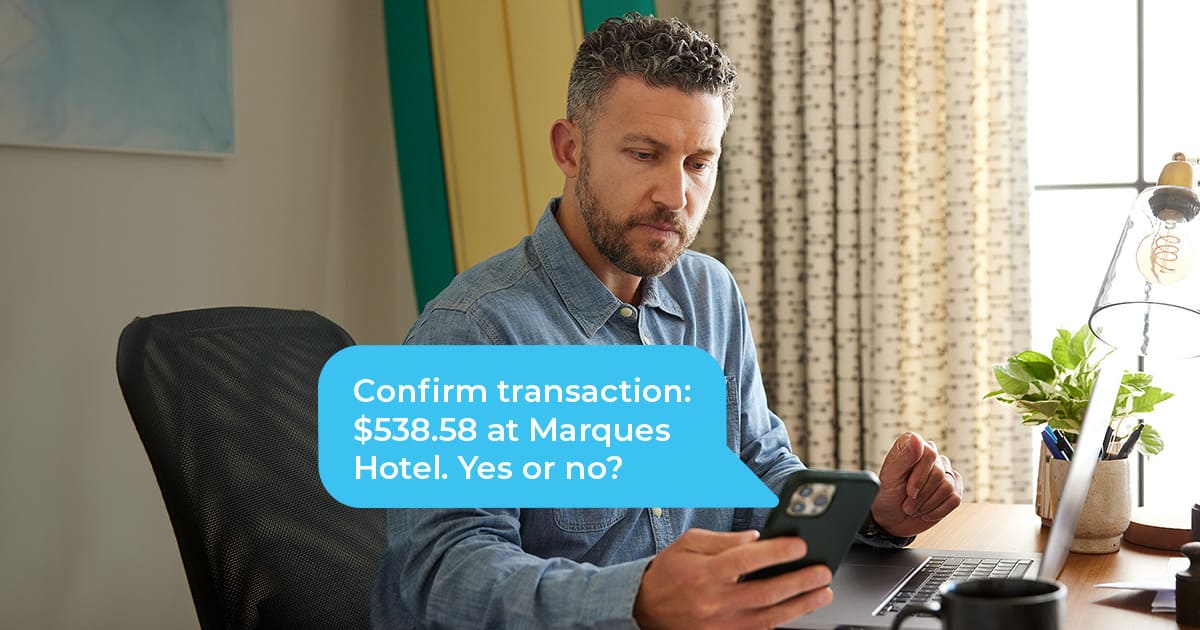
Credit card fraud is a growing concern in today’s increasingly digital world. According to FBI Internet crime report data, the probability of being a credit card fraud victim in the US each year is approximately 1 in 26. As businesses and consumers rely more on electronic transactions, the opportunities for fraudsters to exploit vulnerabilities multiply. For businesses, the stakes are high—not only in terms of financial losses but also in maintaining customer trust and complying with regulatory requirements. This blog aims to provide a comprehensive overview of credit card fraud, how it occurs, the industries most at risk, the profound impact it can have on businesses, and strategies to counter it.
What is credit card fraud?
Credit card fraud is a form of identity theft that involves unauthorized use of someone else’s credit card information to make purchases or withdraw funds. This type of fraud can lead to significant financial losses for individuals and businesses, as well as damage to credit ratings and reputations. Fraudsters use various methods to obtain credit card information, ranging from physical theft to sophisticated cyberattacks, and businesses must remain vigilant to protect themselves and their customers.
How does credit card fraud happen?
Credit card fraud can occur through several methods, each posing a unique threat:
Skimming: This involves copying information from the magnetic strip of a credit card, typically using a small device attached to ATMs or point-of-sale terminals. The copied data is then used to create a counterfeit card.
Phishing: Fraudsters send fake emails or text messages that appear to be from legitimate sources, tricking individuals into providing their credit card details.
Data breaches: Hackers infiltrate company databases to steal large volumes of credit card information. These breaches often target businesses with inadequate security measures.
Account takeover: Cybercriminals gain access to an individual’s account by acquiring login credentials, often through phishing or data breaches, and then use stored credit card information to make unauthorized transactions.
Card-not-present (CNP) fraud: This occurs when fraudsters use stolen credit card information to make online or over-the-phone purchases. Since the physical card is not needed, it’s harder to verify the transaction.
What industries are most at risk of payment fraud?
Some industries are particularly vulnerable to credit card fraud due to the nature of their transactions and the volume of credit card use.
E-Commerce
Retail businesses, especially online retailers, are at high risk for credit card fraud. The convenience of online shopping means a higher frequency of CNP transactions, which are more challenging to secure. Fraudsters exploit this by using stolen credit card information to make purchases without needing physical access to the card. Card-not-present fraud is expected to account for 74% of all fraud cases in 2024—up from 57% before the pandemic in 2019. This dramatic increase poses new prevention challenges, particularly for online merchants, who face greater liability for this type of fraud compared to others. This alarming trend underscores the importance of robust security measures such as secure payment gateways, multifactor authentication, and advanced fraud detection systems for online retailers
Finance/banking
Banks and financial institutions are prime targets for credit card fraud due to the sensitive nature of the information they handle. Fraudsters aim to steal customer data, including credit card numbers, to commit fraud. This sector is constantly under attack from sophisticated cybercriminals who use methods like phishing, malware, and data breaches to infiltrate systems. The financial repercussions for banks can be severe, including direct financial losses and the costs associated with resolving fraud incidents, such as reimbursing affected customers and enhancing security protocols.
Travel and hospitality
The travel and hospitality industries, encompassing airlines, hotels, and car rental companies, are also highly susceptible to credit card fraud. These businesses rely heavily on CNP transactions for bookings and reservations, making them attractive targets for fraudsters. In fact, CNP fraud represents 65% of total fraud losses in the hospitality industry alone. Fraud in this sector can result in significant financial losses and operational disruptions. Additionally, the reputational damage to a business from being perceived as an unsafe option for customers can be profound.
Countering credit card fraud
Driving growth and customer acquisition are priorities for every business. But without a proper onboarding framework, businesses are susceptible to financial damage caused by fraudulent accounts. Fake accounts are created using stolen email addresses, phone numbers, and usernames to build deceptive profiles designed to trick security checks. Fraudsters exploit onboarding weaknesses such as insufficient new account verification to make transactions using compromised credit cards.
The inclusion of a simple phone number into a digital transaction has the potential to steer a company clear of credit card fraud, protecting your platform against unexpected fraud attacks and their associated financial and reputational consequences. By adding a phone number field during account creation or checkout workflows, businesses can perform a real-time risk analysis.
Telesign arms those industries that are particularly vulnerable to credit card fraud with the information they need to keep out potential fraudsters by providing identity authentication and intelligence around phone numbers.
Identity authentication
Phone ID gives businesses access to a global, comprehensive mobile identity dataset to quickly and accurately verify phone numbers and other contact information. It offers information on phone registration, carrier data, and more. Phone ID provides phone number insights to help detect fraudulent behavior, improve user experience, and support authentication. By tapping into extensive phone number data, companies can determine the right messaging channels and ensure SMS messages reach the proper destination. Phone ID helps streamline user flows and de-risk communication frameworks.
Intelligence
Intelligence helps businesses understand the risk associated with a phone number in a moment in time, based on its attributes and recent activity. Within a fraction of a second, companies can decide which interactions to allow, and which require further evaluation before processing with real-time, risk-based data. Real-time risk analysis offers businesses a chance to reduce the number of fake accounts created on their platform and identify the potential fraud risk of new accounts. Intelligence also helps strengthen internal risk models by providing detailed risk reason codes and recommendations, enabling a comprehensive understanding of a phone number’s static and behavioral attributes.
Telesign’s Phone ID API and Intelligence API help businesses gain extra security without materially impacting the conversion rates of legitimate new sign-ups.
To learn more about how Telesign can help safeguard your business from credit card fraud, talk to our experts today.



